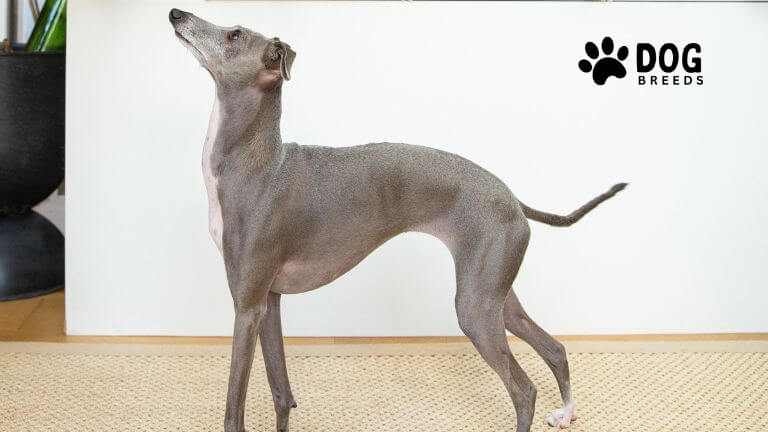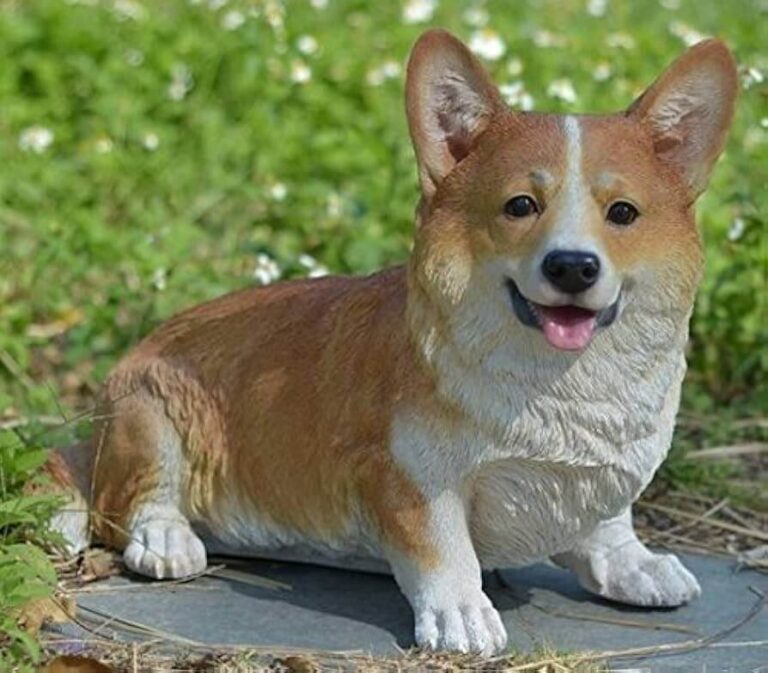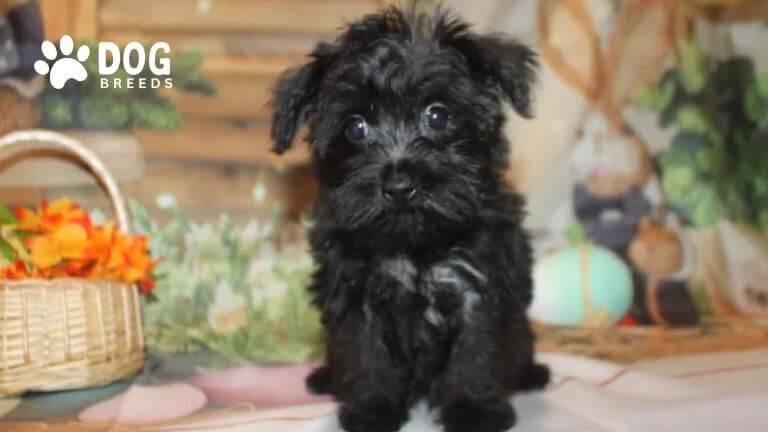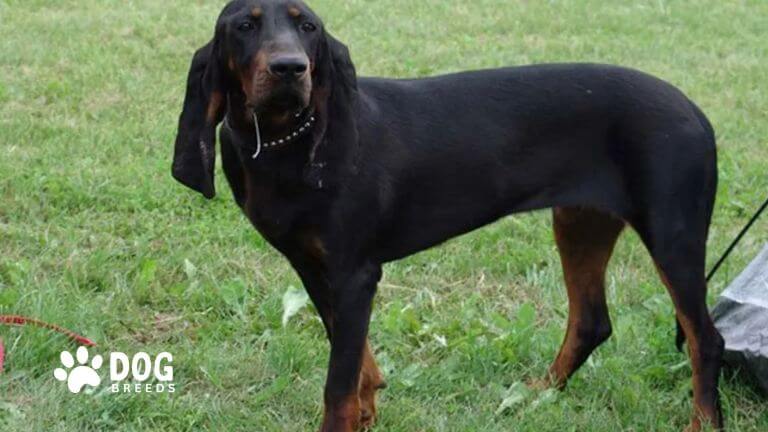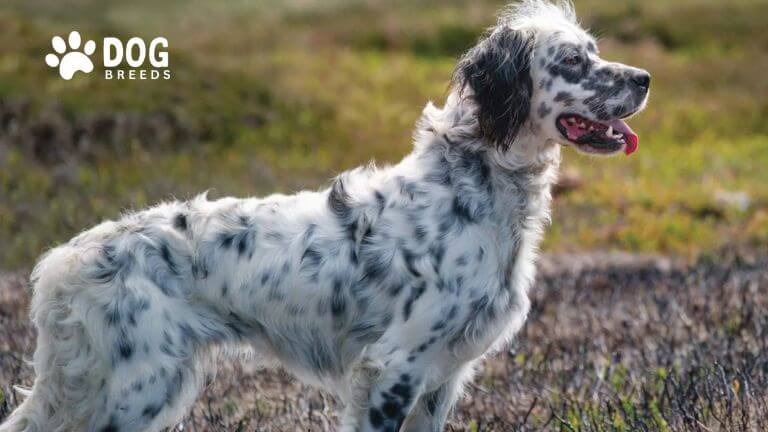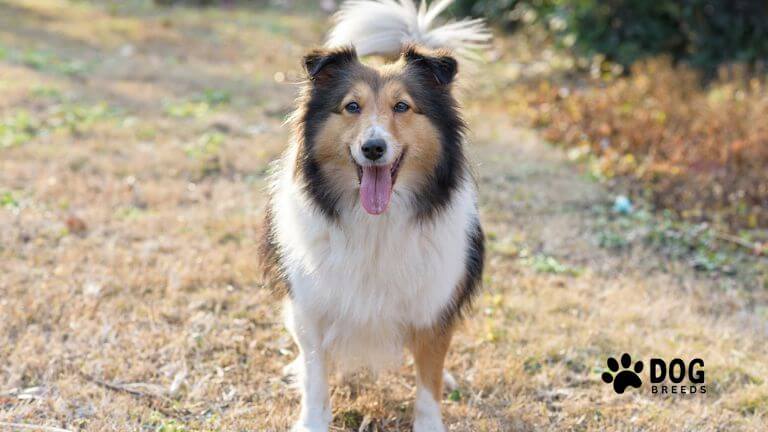Italian Greyhound Dog Breed: Elegant, Loyal, and Affectionate
The Italian Greyhound, affectionately known as the “Iggy” or “Miniature Greyhound,” is a small yet elegant breed cherished for its affectionate nature and refined appearance. Originating from ancient civilizations, this breed has captured the hearts of many as a loyal and gentle companion. Known for its slim, graceful build and endearing personality, the Italian Greyhound thrives as a family pet and a loving friend. Its history and unique charm makes it a favorite among dog enthusiasts.
Italian Greyhound Dog Breed

| Breed Group | Toy Group / Companion Dog |
| Origin | Italy |
| Size | Small |
| Weight | 7 to 14 pounds (3 to 6 kg) |
| Height | 13 to 15 inches (33 to 38 cm) at the shoulder |
| Lifespan | 12 to 15 years |
| Coat Type | Short, smooth, and fine |
| Coat Colors | Variety of colors including fawn, black, blue, red, white, or combinations |
| Temperament | Affectionate, gentle, intelligent, playful, sensitive |
| Energy Level | Moderate; requires daily walks and light play |
| Grooming Needs | Minimal; occasional brushing to remove loose hair |
| Training Difficulty | Moderate; responds well to positive reinforcement |
| Common Health Issues | Dental problems, patellar luxation, progressive retinal atrophy (PRA) |
| Ideal Living Environment | Apartment-friendly, requires a warm and comfortable indoor space |
| Good with Children? | Yes, but better suited for older, gentle children |
| Social Compatibility | Generally good with other pets and strangers |
History and Origin
The Italian Greyhound has a long and storied past that dates back to ancient Egypt and Rome. Archaeological evidence suggests that pharaohs and Roman aristocrats favored small greyhound-like dogs for their elegance and companionship. During the Renaissance, the breed gained popularity in Europe, becoming a symbol of refinement in royal courts. Notable figures such as Charles I, Queen Victoria, and Queen Anne adored these dogs, further cementing their status as regal pets. Paintings by artists like Jan van Eyck often depict the Italian Greyhound, highlighting its historical significance as a breed synonymous with elegance and grace.
Physical Characteristics
The Italian Greyhound is a picture of elegance and agility. Standing between 13 to 15 inches tall and weighing 7 to 14 pounds, this breed is small yet sturdy. Its slender, aerodynamic body features a deep chest, long legs, and a gracefully curved tail. The coat is short and fine and comes in a variety of colors, including fawn, blue, black, and cream. The breed’s expressive eyes and delicate face add to its distinctive charm, making it instantly recognizable and deeply admired.
Personality and Temperament
Italian Greyhounds are affectionate, loyal, and gentle dogs that form strong bonds with their owners. They thrive in loving homes and are known for their sensitive and sweet nature. While they enjoy lounging on a cozy lap, they also have bursts of energy, making playtime an essential part of their routine. Italian Greyhounds are generally good with children and other pets, though their delicate build requires supervision during interactions. They can be shy around strangers but warm up with patience, making them adaptable to various social situations.
Care Needs
Grooming: Italian Greyhounds require minimal grooming due to their short coat. A quick weekly brushing keeps their coat shiny and clean. Regular nail trimming, ear cleaning, and dental care are essential for overall hygiene.
Exercise: Despite their small size, Italian Greyhounds are active and enjoy daily walks and playtime. A securely fenced yard or supervised outdoor time ensures their safety, as their sighthound instincts may lead them to chase after small animals.
Diet: A balanced diet rich in protein and healthy fats supports their energetic lifestyle. Small, frequent meals are ideal to maintain their energy levels and prevent issues like hypoglycemia.
Comfort: Due to their thin coat, Italian Greyhounds are sensitive to cold weather. Owners should provide warm clothing during chilly seasons and ensure a comfortable indoor space.
Health Considerations
While generally healthy, Italian Greyhounds are prone to certain breed-specific health issues. These include:
- Patellar Luxation: A common joint condition that affects mobility.
- Dental Issues: Regular brushing and dental checkups prevent plaque buildup.
- Hip Dysplasia: Though rare, it can occur in some lines.
- Skin Sensitivity: Gentle grooming products help prevent irritation.
- Lifespan: With proper care, Italian Greyhounds live 12 to 15 years, enjoying a happy and active life.
Regular veterinary checkups and preventive care are essential to managing these conditions and ensuring the breed’s well-being.
Training Tips
Italian Greyhounds are intelligent but can be sensitive during training. Positive reinforcement methods work best, as they respond poorly to harsh corrections. Early socialization helps them become well-adjusted adults, while crate training aids in housebreaking. Owners should address separation anxiety early on by gradually building the dog’s confidence when left alone.
Who Is This Breed For?
The Italian Greyhound is ideal for individuals or families seeking a gentle and loving companion. They adapt well to apartment living but need regular outdoor activity to satisfy their playful side. Their affectionate nature makes them great for owners who can dedicate time and attention. Due to their delicate frame, they are best suited for households with older children or adults who can handle them with care.
Conclusion
If you’re considering adding an Italian Greyhound to your family, explore reputable breeders or adoption centres to find your perfect companion. Visit our website for more tips on dog care, training, and breed information to help you make an informed decision. Let the Italian Greyhound bring elegance, joy, and endless love to your life!
There are plenty of dog breeds to suit all kinds of lifestyles and homes. With a little research, you can find your next best friend!
FAQs
Is Italian Greyhound a good dog?
Yes, Italian Greyhounds (IGs) are wonderful companions for the right family. They are affectionate, intelligent, and playful, making them great pets for those who can provide consistent attention. They are particularly suited for families who enjoy spending time with their pets, as IGs thrive on human interaction and companionship. However, their delicate frames make them better suited for homes without rough play or very young children.
Do Italian Greyhounds bark a lot?
Italian Greyhounds are not known for excessive barking but may bark in specific situations, such as seeking attention, feeling anxious, or during playtime. Proper training and socialization can help manage their barking. Overall, they are quieter compared to many other small breeds, earning them the nickname “silent sentinels” due to their generally calm demeanor.
Can Italian Greyhounds be left alone?
Italian Greyhounds can tolerate being left alone for short periods, typically up to 6-8 hours, but they may develop separation anxiety if left alone too frequently or for too long. They benefit from early training, sufficient exercise before being left alone, and engaging toys to keep them entertained. If long absences are unavoidable, a dog sitter or companion animal can help prevent destructive behaviors.
Are Italian Greyhounds high maintenance?
While IGs are low-maintenance in terms of grooming due to their short coats, they have high needs for companionship and regular care. They require daily exercise, mental stimulation, and consistent training to remain happy and healthy. Their delicate builds mean they need protection from extreme weather and careful handling. Additionally, they may be prone to specific health issues, such as dental problems and fractures, which can require extra attention.
- Why Are Dalmatians Not Popular? Uncovering the Truth Behind the Rarity of This Iconic Breed - April 16, 2025
- Top 15 Chinese Dog Breeds: Discover the Best Dogs from China - April 14, 2025
- Dalmatian Dog Breed: History, Care, Personality & Health - April 3, 2025

